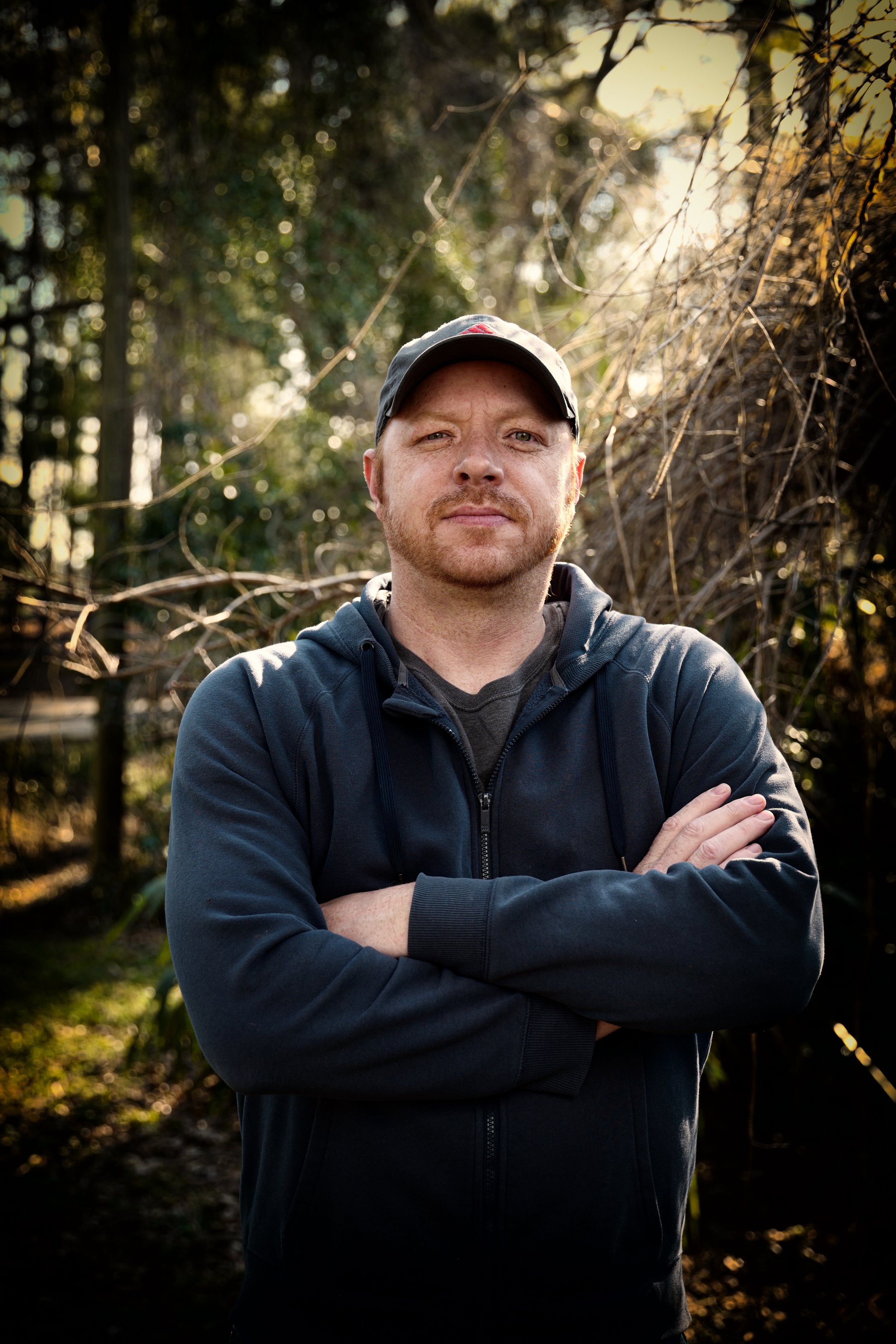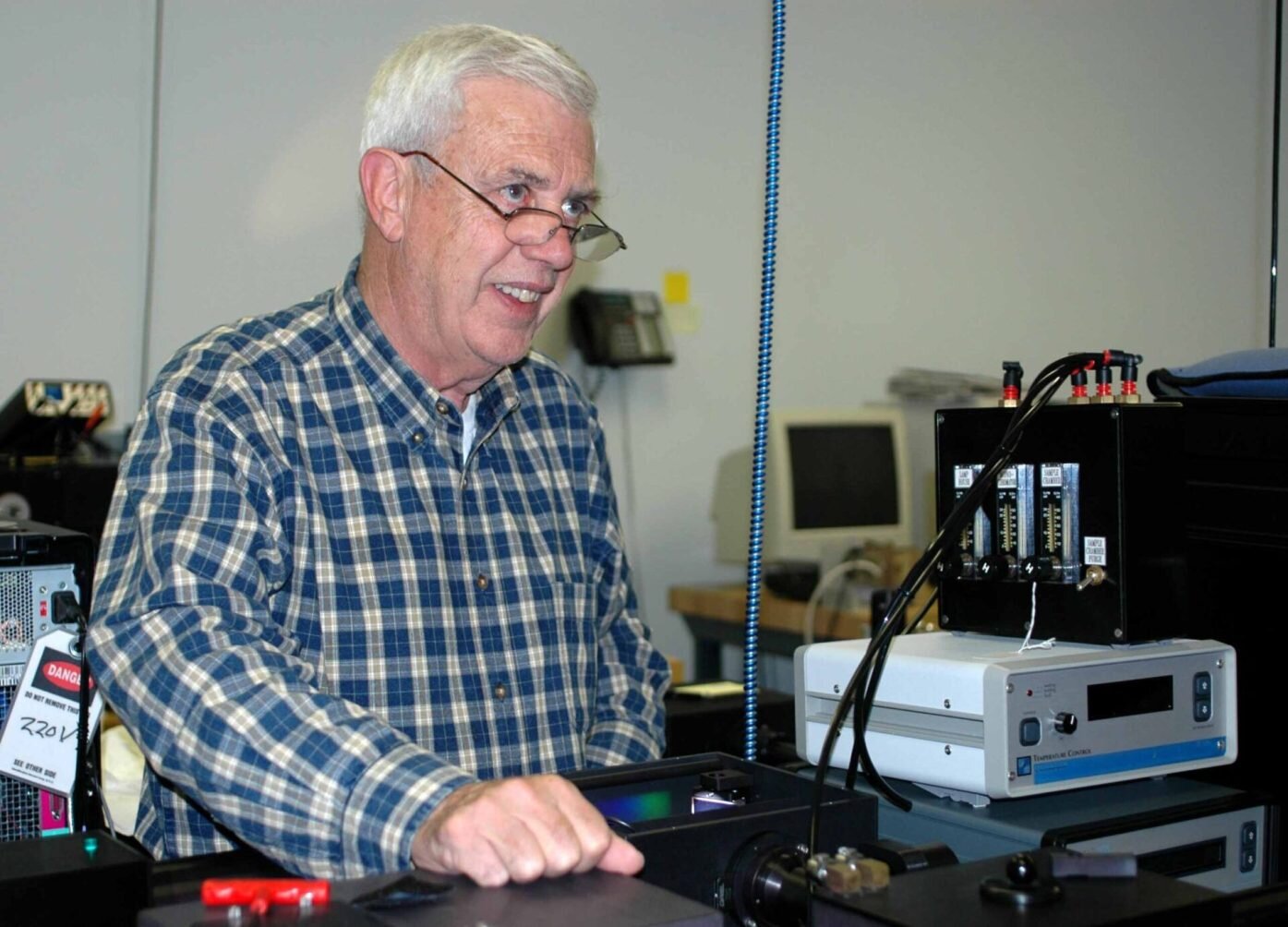Get This Report on Uv/vis/nir
Get This Report on Uv/vis/nir
Blog Article
The Facts About Uv/vis/nir Revealed
Table of ContentsFascination About SpectrophotometersThe smart Trick of Spectrophotometers That Nobody is Talking AboutThe Ultimate Guide To Spectrophotometers10 Simple Techniques For SpectrophotometersNot known Incorrect Statements About Spectrophotometers

Spectrophotometry is most typically applied to ultraviolet, noticeable, and infrared radiation, modern-day spectrophotometers can interrogate wide swaths of the electro-magnetic spectrum, consisting of x-ray, ultraviolet, visible, infrared, and/or microwave wavelengths. Spectrophotometry is a tool that depends upon the quantitative analysis of molecules depending upon just how much light is soaked up by colored compounds.
Uv/vis - An Overview
A spectrophotometer is typically used for the measurement of transmittance or reflectance of options, transparent or opaque solids, such as refined glass, or gases. Many biochemicals are colored, as in, they take in visible light and for that reason can be determined by colorimetric treatments, even colorless biochemicals can frequently be transformed to colored compounds appropriate for chromogenic color-forming reactions to yield compounds suitable for colorimetric analysis.: 65 However, they can also be developed to determine the diffusivity on any of the noted light varieties that generally cover around 2002500 nm using different controls and calibrations.
An example of an experiment in which spectrophotometry is utilized is the decision of the equilibrium constant of a service. A certain chemical response within an option may happen in a forward and reverse instructions, where reactants form items and products break down into reactants. At some point, this chemical response will reach a point of balance called a stability point.
The Definitive Guide to Circular Dichroism
The amount of light that travels through the service is a sign of the concentration of specific chemicals that do not enable light to go through. The absorption of light is due to the interaction of light with the electronic and vibrational modes of particles. Each kind of particle has an individual set of energy levels connected with the makeup of its chemical bonds and nuclei and therefore will soak up light of particular wavelengths, or energies, leading to unique spectral homes.
They are widely used in numerous industries consisting of semiconductors, laser and optical manufacturing, printing and forensic examination, as well as in labs for the research study of chemical substances. Spectrophotometry is frequently utilized in measurements of enzyme activities, decisions of protein concentrations, determinations of enzymatic kinetic constants, and measurements of ligand binding reactions.: 65 Eventually, a spectrophotometer important link is able to figure out, depending on the control or calibration, what compounds are present in a target and exactly how much through calculations of observed wavelengths.
This would come as a solution to the formerly developed spectrophotometers which were not able to take in the ultraviolet properly.
What Does Uv/vis Do?
It would be found that this did not provide satisfying results, therefore in Design B, there was a shift from a glass to a quartz prism which enabled better absorbance results - UV/Vis (https://www.kickstarter.com/profile/olisclarity1/about). From there, Design C was born with a change to the wavelength resolution which ended up having three systems of it produced
It was produced from 1941 to 1976 where the price for it in 1941 was US$723 (far-UV accessories were a choice at extra cost). In the words of Nobel chemistry laureate Bruce Merrifield, it was "most likely the most essential instrument ever established towards the improvement of bioscience." Once it ended up being ceased in 1976, Hewlett-Packard produced the very first commercially offered diode-array spectrophotometer in 1979 referred to as the HP 8450A. It irradiates the sample with polychromatic light which the sample absorbs depending upon its homes. Then it is transmitted back by grating the photodiode selection which detects the wavelength region of the spectrum. Since then, the creation and implementation of spectrophotometry devices has increased tremendously and has turned into one of the most ingenious instruments of our time.

The 9-Second Trick For Circularly Polarized Luminescence
The grating can either be movable or fixed.
In such systems, the grating is repaired and the intensity of each wavelength of light is determined by a various detector in the selection. When making transmission measurements, the spectrophotometer quantitatively compares the fraction of light that passes through a referral option and a test solution, then electronically compares the intensities of the two signals and computes the percentage of transmission of the sample compared to the referral standard.

Report this page